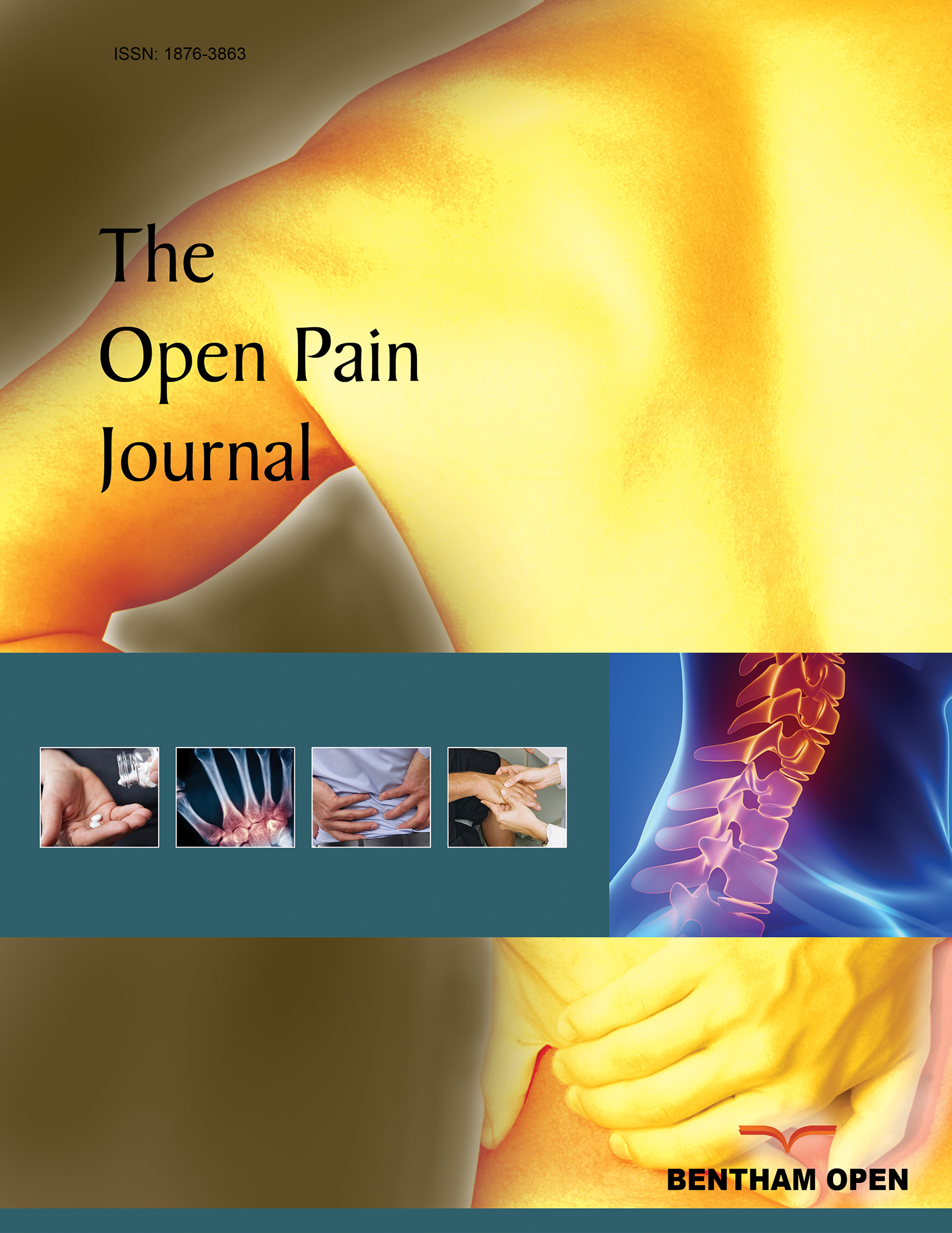Adductor Canal Block (ACB) provides Adequate Postoperative Analgesia in Patients Undergoing Total Knee Arthroplasty (TKA): Case Report
Abstract
Background:
Effective postoperative multimodal analgesia facilitates early physical rehabilitation to maximize the postoperative range of motion and prevent joint adhesions following total knee arthroplasty (TKA). Adductor canal block has been reported as a supplement to multimodal analgesia protocols in patients undergoing TKA. The use of ultrasound (US) guidance has improved the success rates of the blocks compared with blind approaches.
Case Presentation:
This report described two elderly patients undergoing TKA with ACB as postoperative pain management, resulting in adequate pain control during the postoperative period.
Conclusion:
Adductor canal block can be used to optimize multimodal analgesia by reducing opioid requirements and enhancing recovery after TKA.


